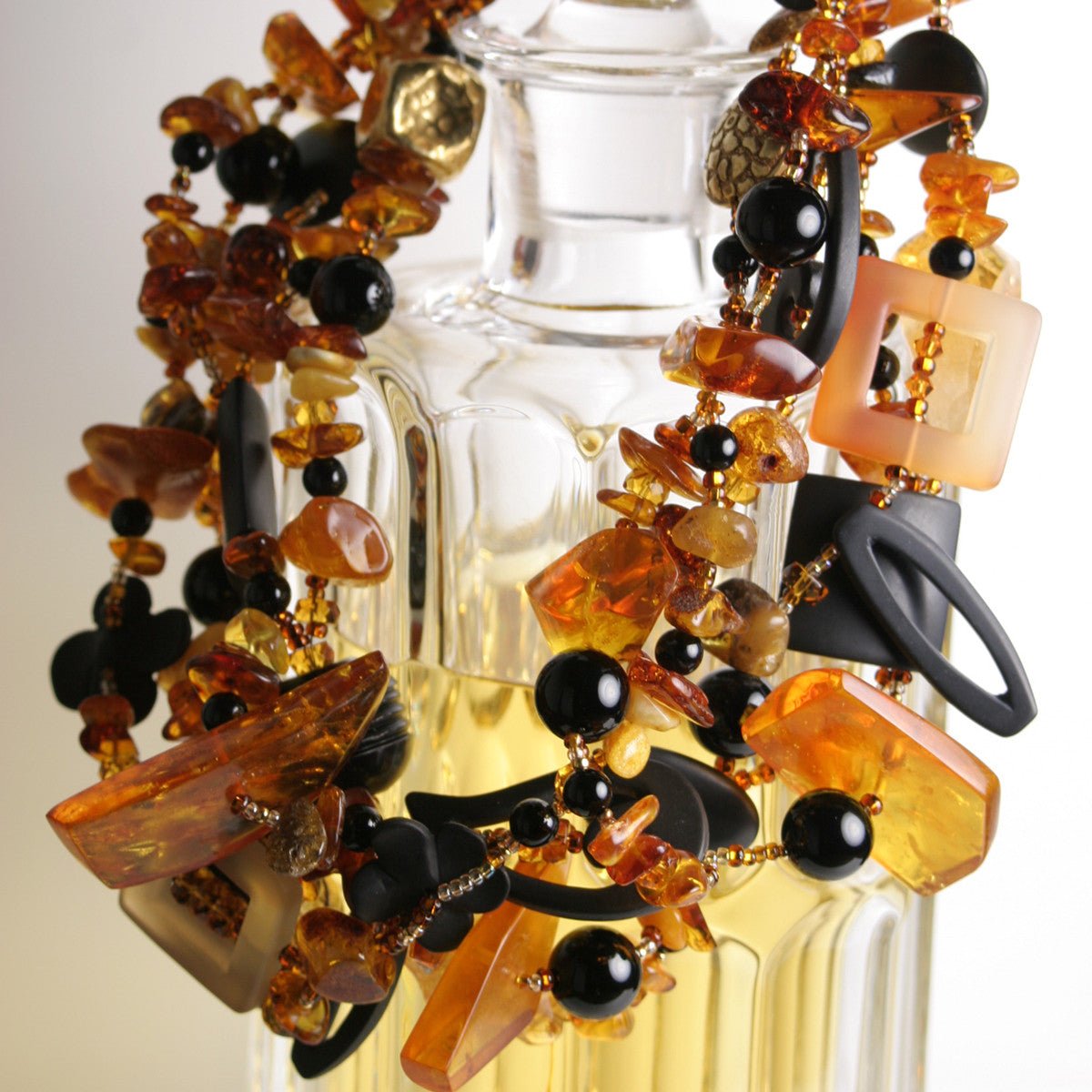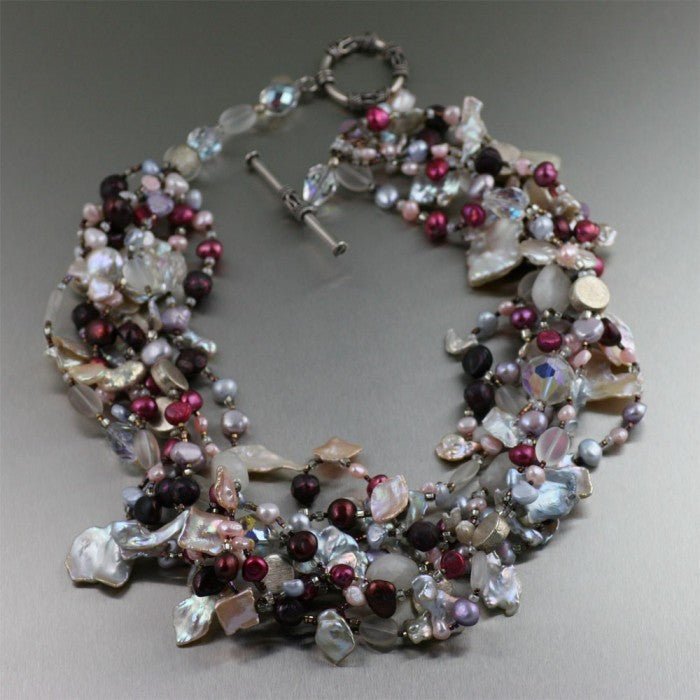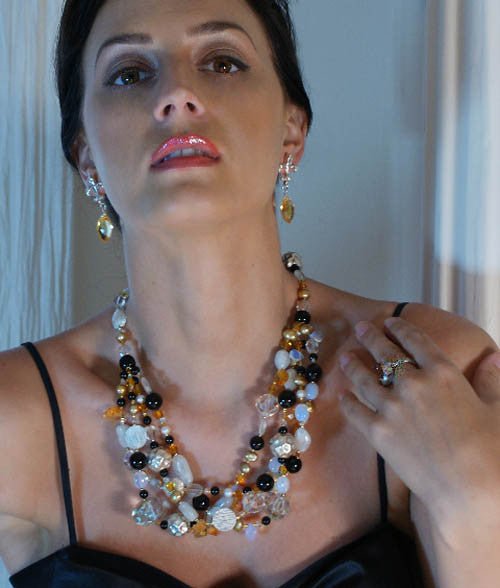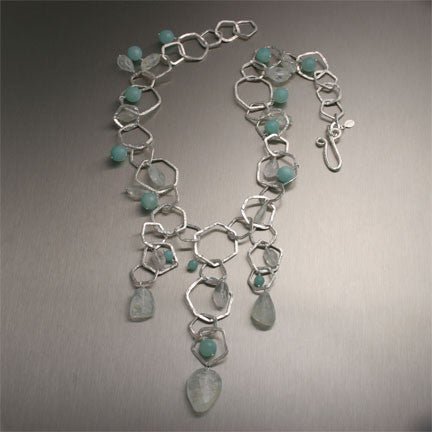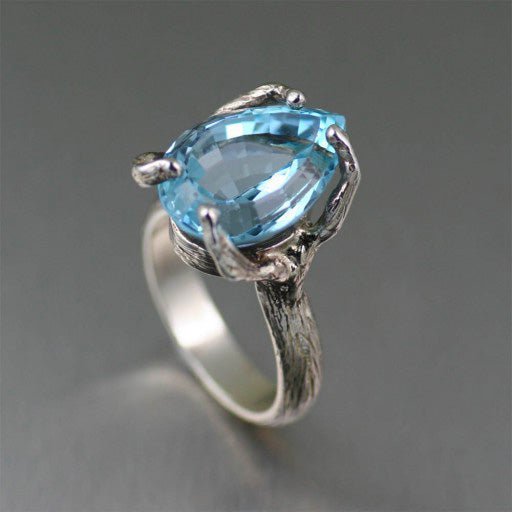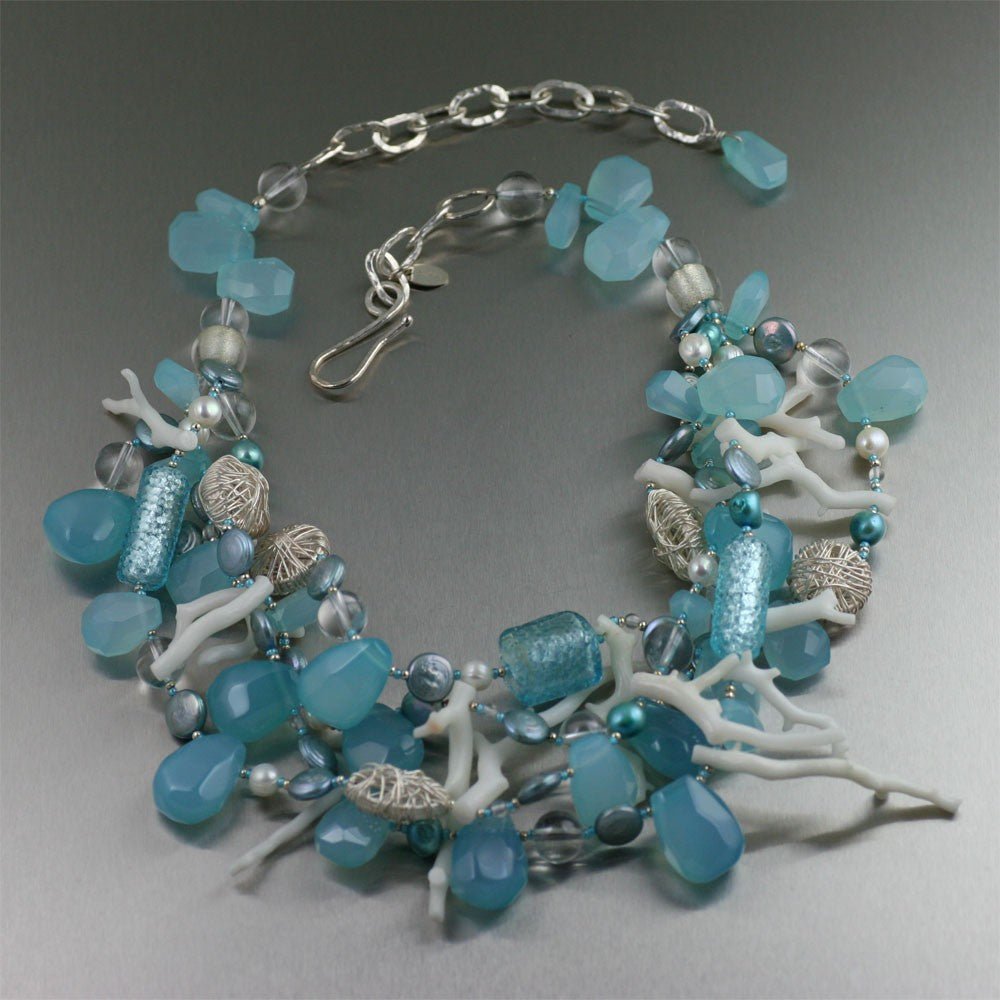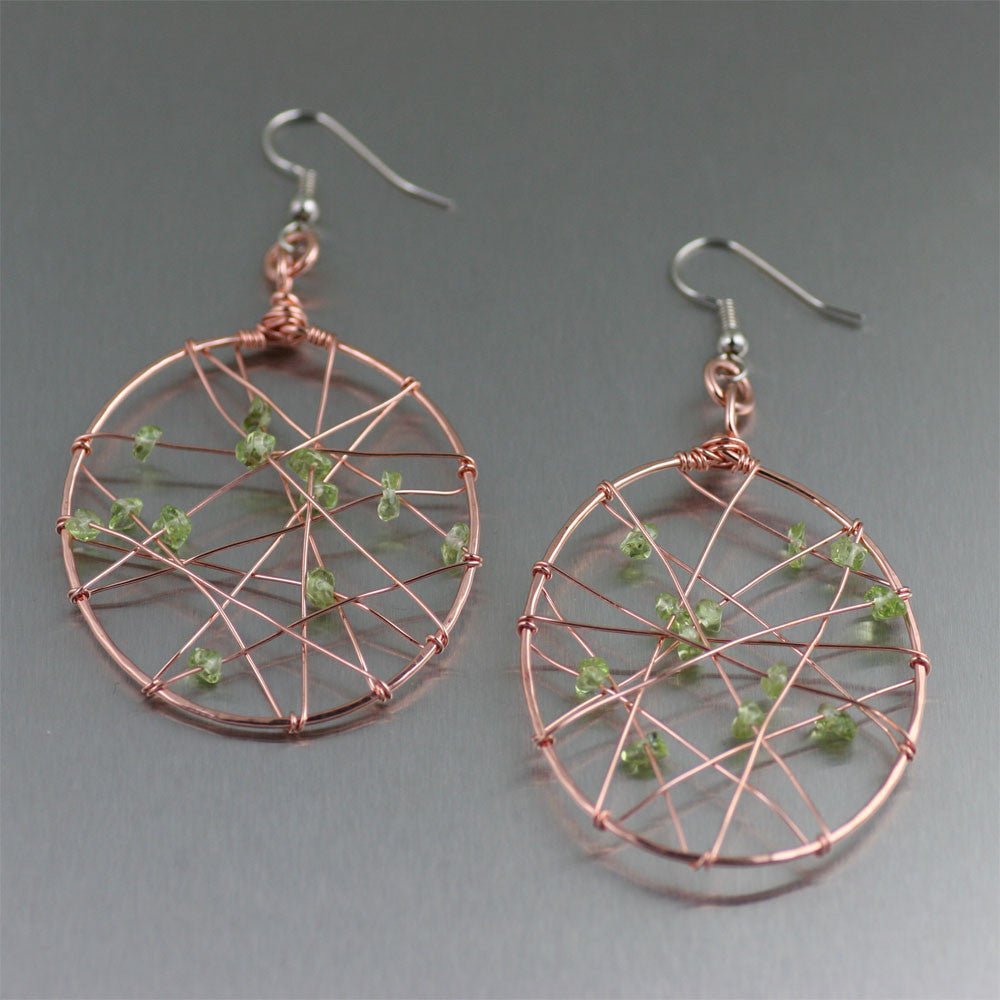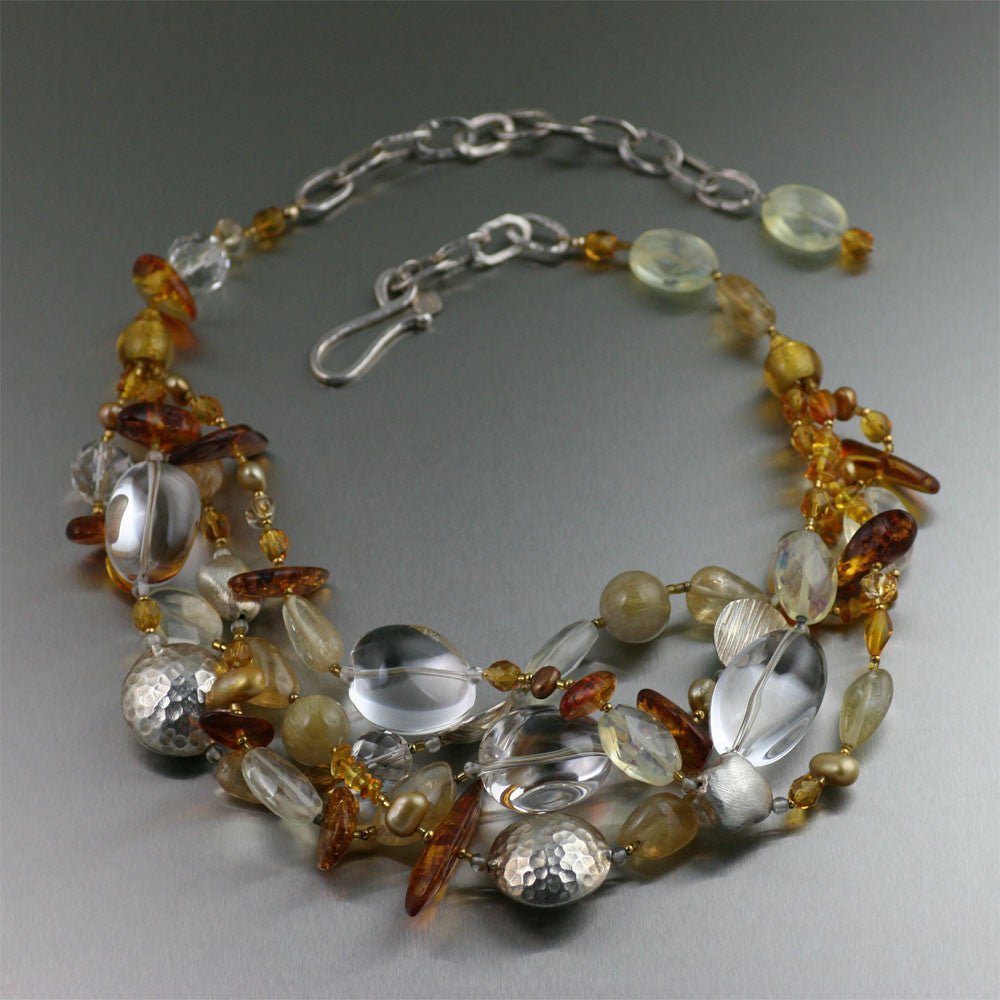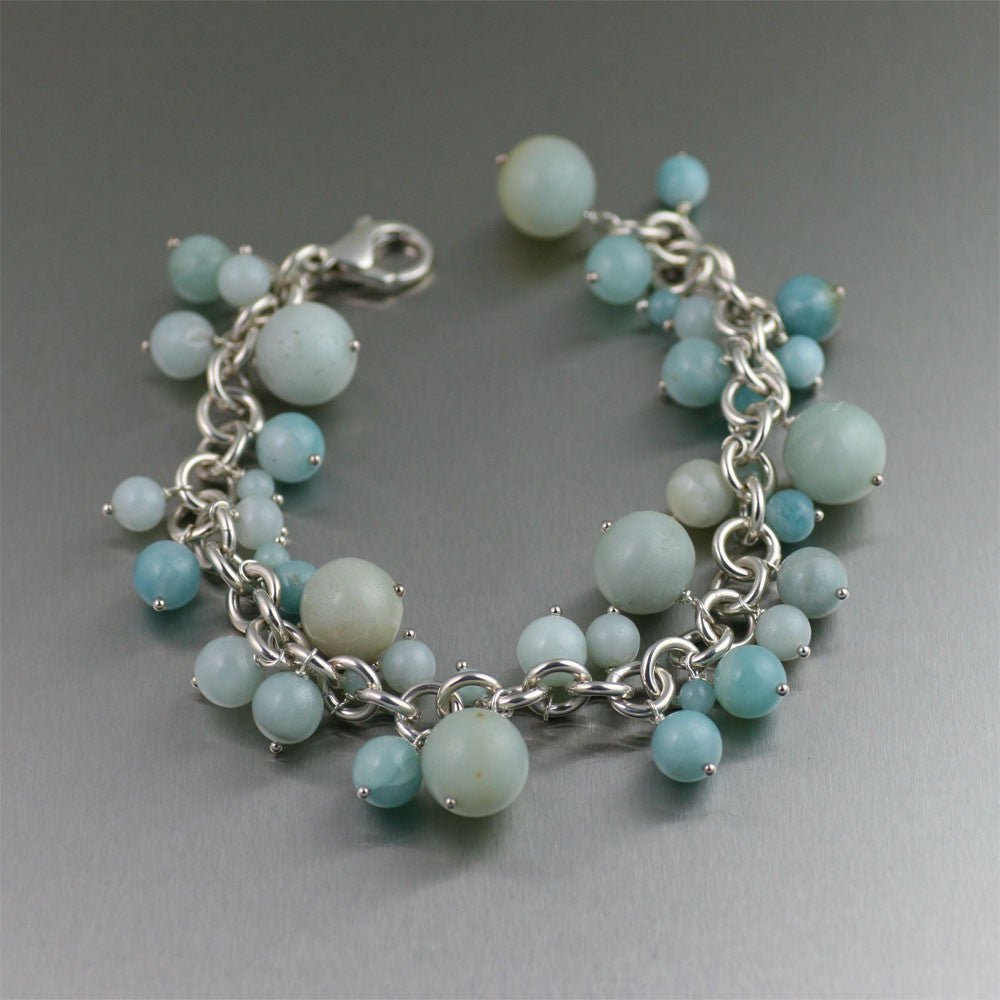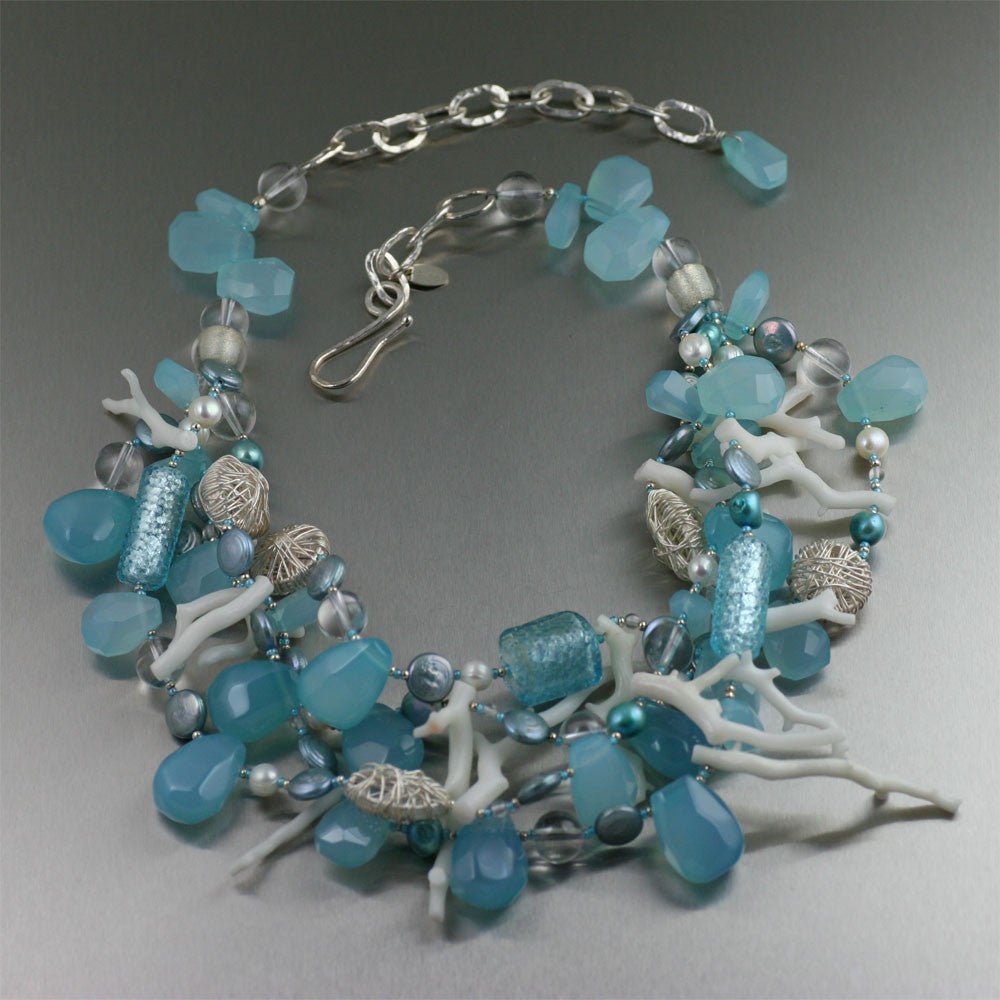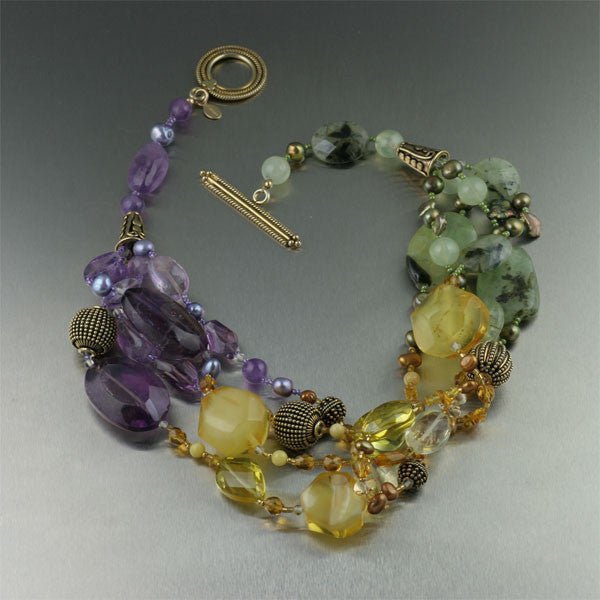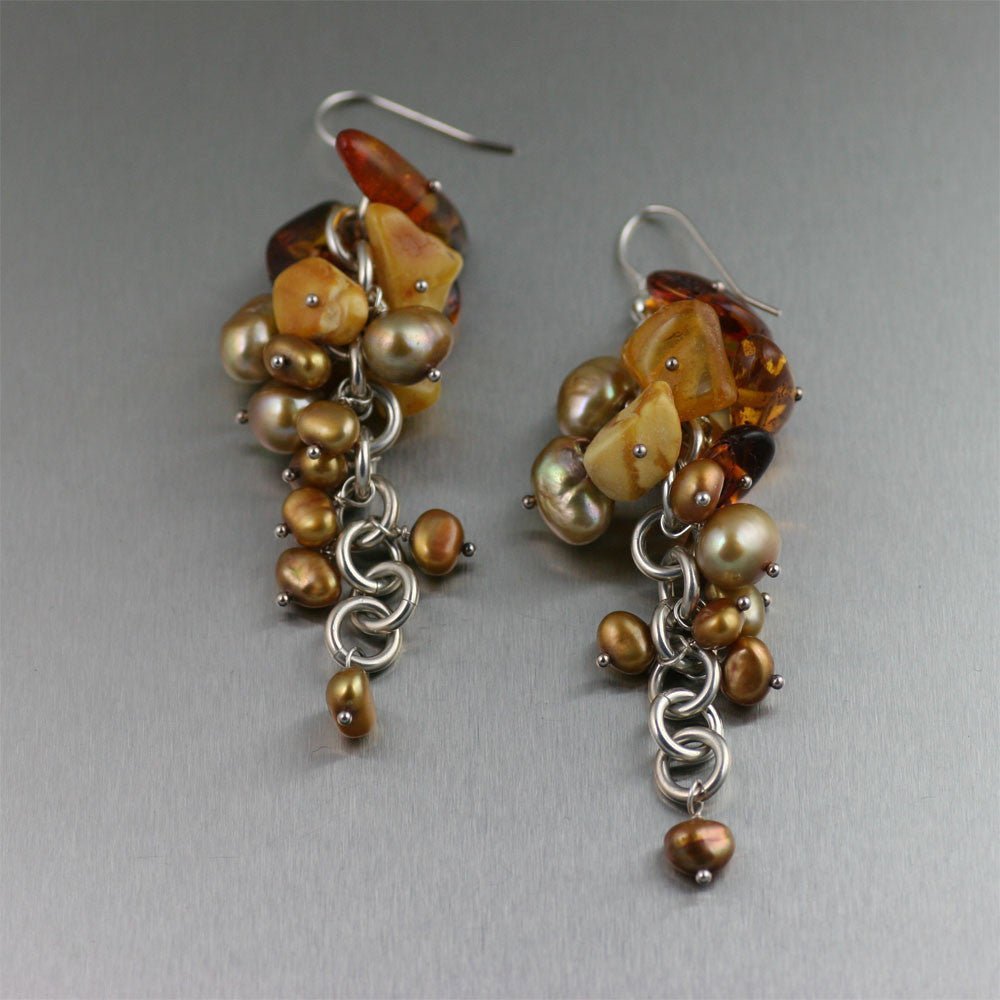Gemstone Jewelry Blog
Introducing our luxurious collection of gemstone jewelry, where each piece is meticulously crafted to showcase the natural beauty and vibrant colors of our exquisite gemstones. From dazzling gemstone cocktail rings and elegant gemstone rings to statement-making large faceted gemstone rings, our unique designs are perfect for those seeking a touch of sophistication and glamour. Adorn yourself with our exquisite beaded gemstone necklaces, featuring carefully selected beads that complement the vibrant hues of the gemstones. Complete your look with our enchanting gemstone pendants, designed to captivate and inspire with their intricate details and alluring charm.
Experience the enchanting world of our gemstone jewelry, where elegance meets allure, and color meets radiance. Adorn yourself with sophistication and sparkle, and find the perfect piece to express your unique style and enhance your natural beauty. Unleash your inner radiance and let our jewelry illuminate your path.
Unveiling the Mystique of Moonstone: History, Geology, and Spiritual Significance
Subscribe
15% OFF YOUR FIRST PURCHASE
As a subscriber, you get first access to my latest jewelry designs and subscriber-only discounts!
Recent Articles
-
Fine Gemstone Jewelry Throughout the Year
Published date:September 22, 2023
-
June Birthstones: The Allure of Pearls and Moonstones
Published date:June 05, 2023
-
Unveiling the Mystique of Moonstone: History, Geology, and Spiritual Significance
Published date:June 01, 2023
-
The Aquamarine: A Gemstone of Serenity and Courage
Published date:July 22, 2022
-
Your Guide to the Blue Topaz Gemstone
Published date:November 21, 2018
-
Jewelry Must-Have: A Gem-Drenched Necklace
Published date:December 15, 2015
-
Peridot – August’s Birthstone
Published date:August 01, 2014
-
Amber Citrine Crystal Quartz Beaded Gemstone Necklace
Published date:March 10, 2014
-
Amazonite Gemstone Jewelry
Published date:February 18, 2014
-
Blue Chalcedony White Coral Necklace
Published date:February 13, 2014
+Most Popular Articles
2023 Handmade Jewelry Trends: A Fusion of Classic and Contemporary
What Clothes Color Combinations Work Best with Copper Jewelry: A Complete Guide
Top 5 Pure Copper Men's Bracelets for 2022
What Clothes Color Combinations Work Best with Copper Jewelry: A Complete Guide
Shine Bright with John S Brana's Dazzling Aluminum Jewelry Collection

